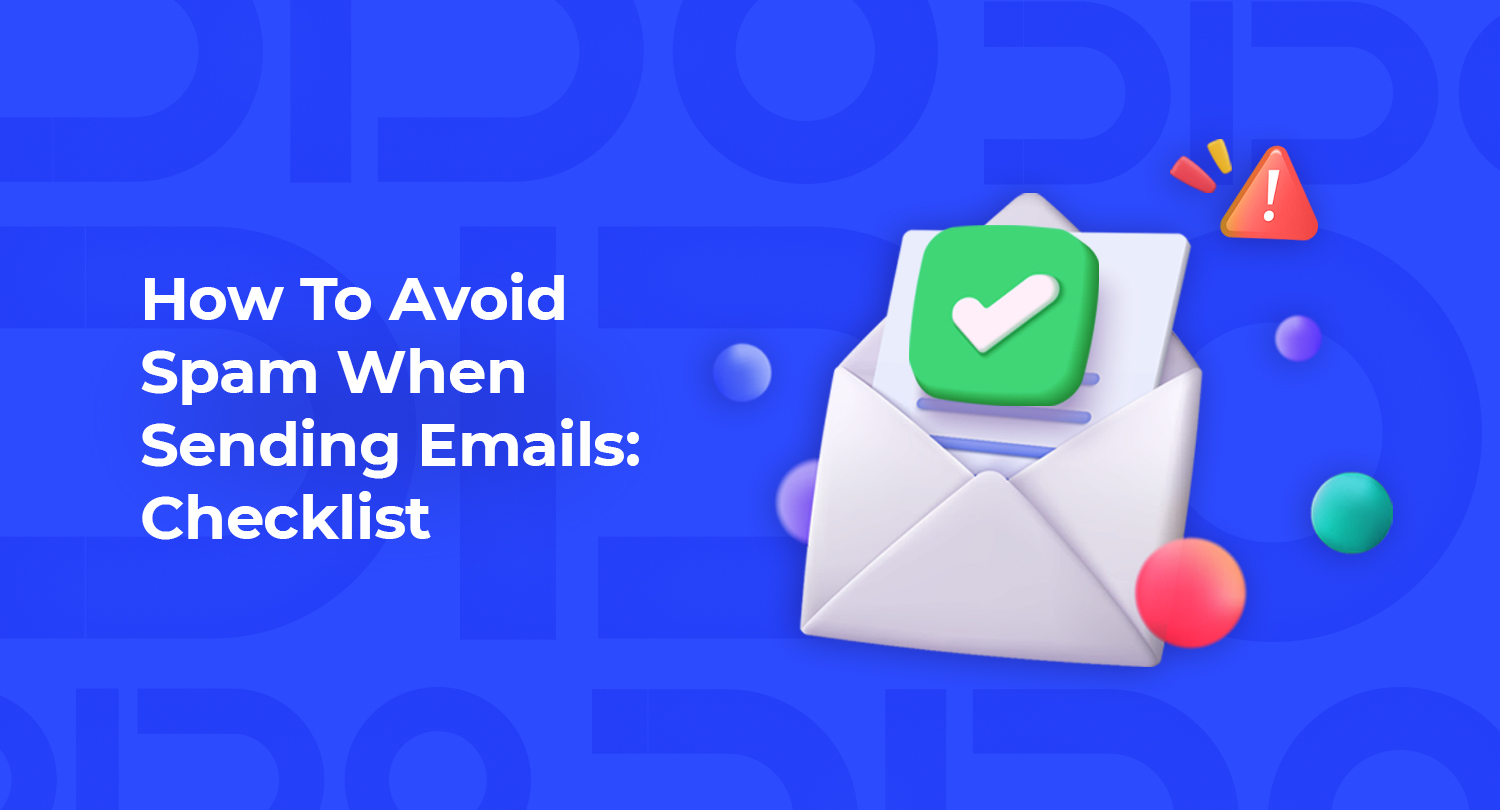Email is a popular communication channel that uses to connect employees with customers and mass mailings. Companies share the news, and helpful content, and talk more about products with it. The user’s consent is required to receive such emails. They rarely cause negative feedback because users expect or are ready to receive emails. Sometimes it happens that the messages are not sent or get into spam.
What are spam filters?
A spam filter is a sorting algorithm that is an example of some filtering criteria:
■ Headers of the letter. It checks the information in the headers of the letter.
■ Content filter. The system looks for spam-related words in the email.
■ Analysis of user behavior. If a client doesn’t open emails from a brand and complains about spam, then an individual spam filter may work. If there are a lot of spam complaints, all users will get spammed.
How to avoid getting spammed when sending emails
1. Use double opt-in
Double opt-in implies a subscription and its confirmation. This approach helps to prevent incorrect and uninterested subscriber addresses from getting into the mailing list. First, users enter their email and other data in the subscription form, and then they receive triggered emails asking them to confirm the subscription.
2. Track the number of spam complaints
The spam complaint rate should not exceed 0.5%. If this figure is higher, then something is wrong. Here are a few reasons why users may send emails to spam:
■ irrelevant content;
■ irrelevant offers;
■ too frequent or irregular mailings;
■ intrusive sales letters;
■ invisible unsubscribe link.
To make brand messages interesting and helpful to your audience, segment users based on gender, age, interests, and other data. Send personalized emails to dedicated groups. Invite subscribers to customize the frequency of mailings and choose the type of content. Be sure to highlight the unsubscribe links that uninterested users can easily unsubscribe from brand emails.
3. Remember Spam Filters
Email providers use special spam filters that automatically analyze the content of mailings. Therefore, it is significant to observe a few rules when creating letters:
■ don’t write the subject line in capital letters;
■ avoid writing a series of exclamation and question marks;
■ don’t add shortened links;
■ avoid writing text in red;
■ don’t go overboard with bolding or underlining words.
4. Check sender reputation
Email deliverability directly depends on the reputation of the sender. Each email provider uses its algorithms to calculate this metric. Services analyze dozens of indicators, for example, spam complaints in previous mailings, the presence of a domain or IP address on the blacklist, and the number of non-existent addresses.
In 83% of cases, mailings don’t get into the inbox precisely because of the low reputation of the sender. You can track this indicator using special services.
5. Warm up a new IP address
Don’t send several thousand emails at once, even from a corporate domain. Mailings must be done gradually in order to earn the trust of postal services.
Warming up the IP address forms an affirmative reputation of the sender based on the history of emails. Increase the number of emails you send in stages.
Send mailings through reliable email services that care about the reputation of their server’s IP address. It will reduce your chances of getting spammed.
During warm-up, also keep track of statistics. Analyze user activity and delivery errors. Please note that the acceptable level of bounce rate – the percentage of subscribers who did not receive a letter because the mail servers returned them – can be no more than 1-1.5%.
6. Build a database of email addresses yourself
Never buy mailing lists. First, there can be a lot of invalid addresses. Secondly, it will be of interest to several users. The rest are likely to mark the letter as spam.
7. Reactivate inactive subscribers
The more readers respond to your email, the higher your sender rating for email services will be.
Regularly run a reactivation campaign for those subscribers who haven’t been active for a long time. First, determine when a subscriber is considered inactive, say three or six months. But you shouldn’t send the same emails to everyone – for example, separately group those who have already bought from you and just subscribers.
Some helpful tips to check your mailing list for spam:
■ Check that the email contains links that will lead to existing pages.
■ Don’t make the mailing too “heavy” weight.
■ Don’t make letters too long.
■ Don’t send an email that consists of only one image. If you send an email with one large image and no text, spam filters treat it as a blank email.
All spam detection algorithms are unknown because the email users’ security depends on them. For mailings to get into the inbox, carefully work out the structure of emails, check the content for spam, regularly analyze statistics, track the sender’s reputation, and respond in time to worsening results. And remember that mailings should be interesting to users and safe from the point of view of email providers.
